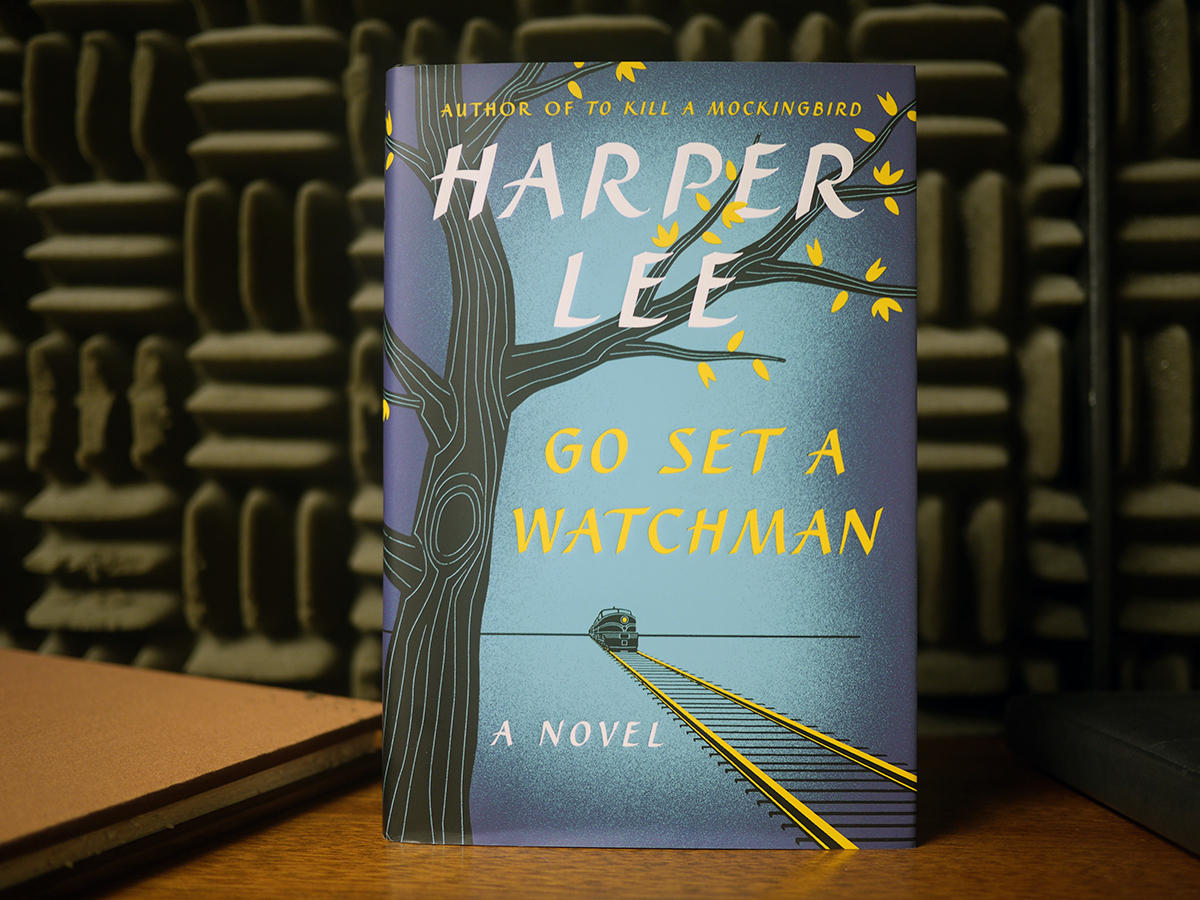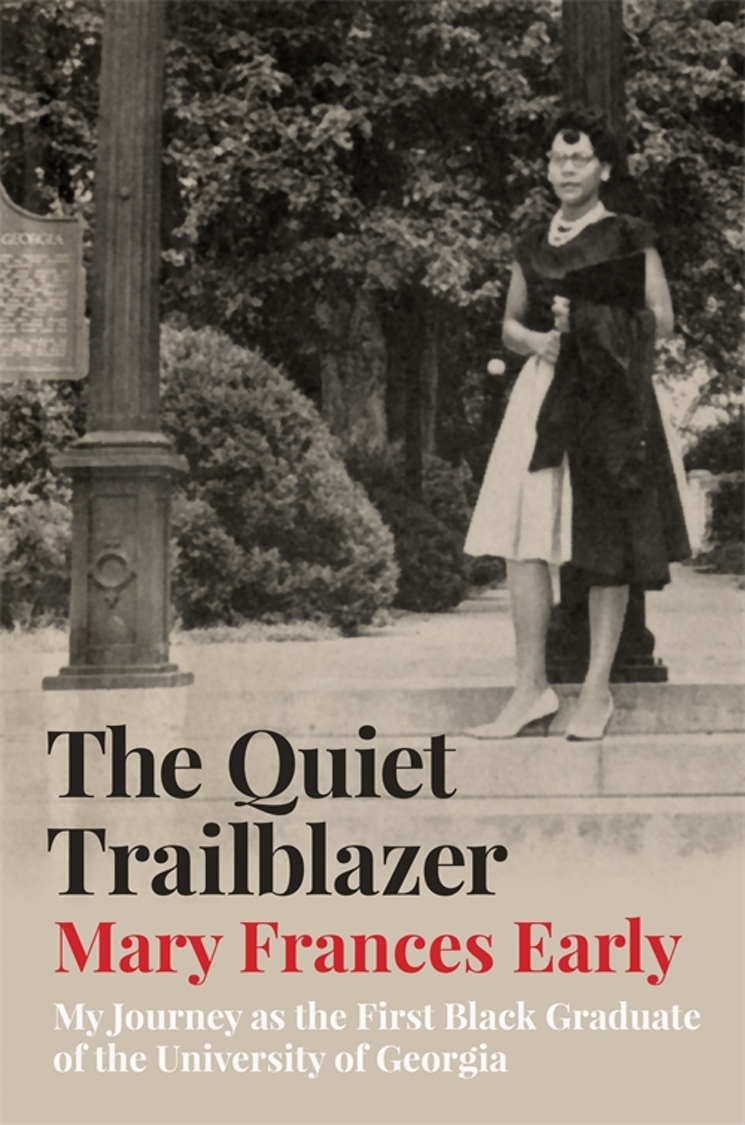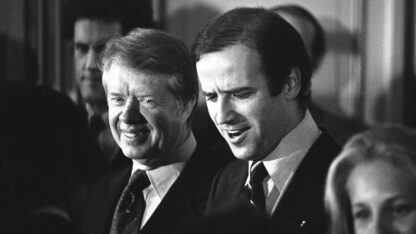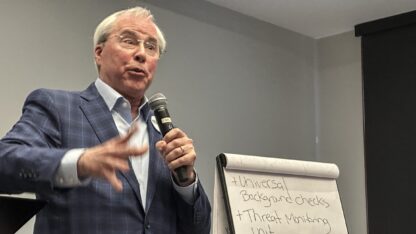Reading ‘Go Set A Watchman’ From A Writer’s Perspective

When Harper Lee’s “Go Set A Watchman” was released, best-selling novelist Joshilyn Jackson was hesitant to read the book.
“I didn’t think I should read it until Harper Lee had died,” she says, because for the majority of her life, Lee did not want it to be released. Now that Lee has passed away and Jackson has read the book, she wanted to talk about it from a writer’s perspective.
On “Writer to Reader,” Jackson discusses what it means to view the book as a writer.
“That is not Atticus Finch, it’s a draft of Atticus Finch,” she says, referencing readers’ dismay upon finding Finch was no longer a defender of civil rights and instead a racist himself.
“It’s not a sequel and it shouldn’t under any circumstances be read as such,” Jackson warns.
Instead, she explains it is a draft Lee got back from her editor asking her to focus on the flashbacks that occur throughout the book. Those flashbacks are what turned into “To Kill A Mockingbird.”
“I think the only way to read it is as an alternate universe,” Jackson says. “For nerds, it’s like Star Trek when Spock had the beard.”
Jackson has experienced this sort of rewrite herself. After she turned in an early draft of “The Girl Who Stopped Swimming,” her editor returned it, suggesting she expand “the good parts,” which consisted of about 18 pages.
Reading from this perspective, Jackson moves past the shock of Atticus being revealed to be a racist: “Character, history, even theme shifted a little bit, that’s how drafting works, and since ‘To Kill A Mockingbird’ came second, that’s the Atticus I’m going to remember as definitive.”
To delve even deeper into the development of “To Kill A Mockingbird,” Jackson recommends heading to the Jimmy Carter Presidential Library to hear author Joseph Madison Beck discuss his book “My Father And Atticus Finch.”








